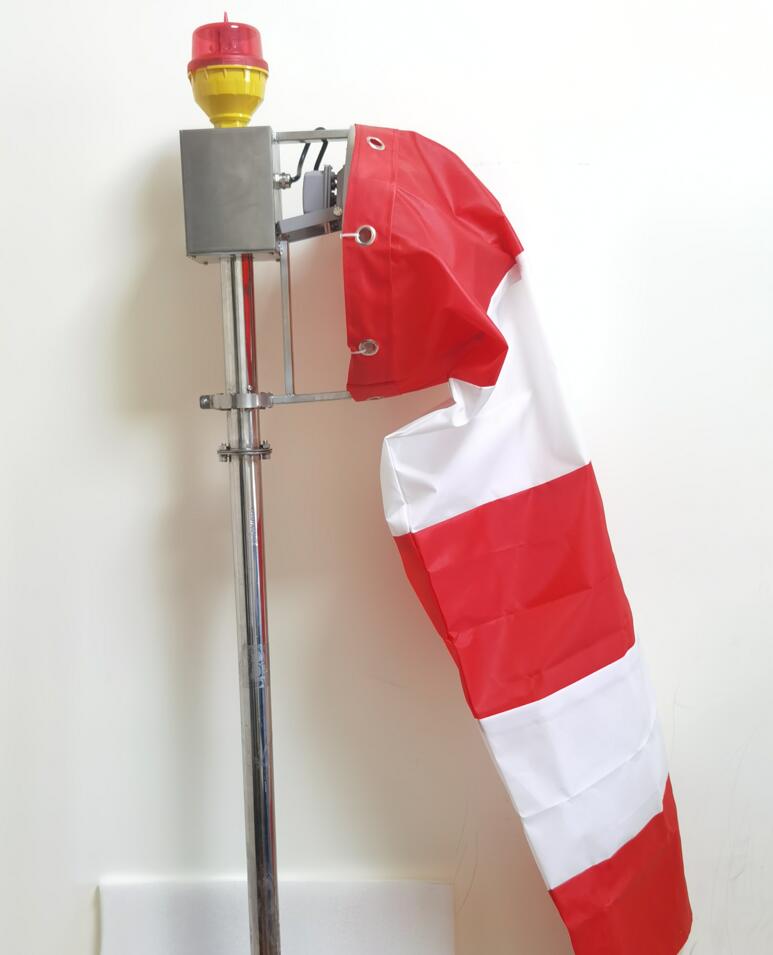
Airports are the gateways to the world, connecting people, cultures, and economies. Among the many components that ensure the smooth operation of an airport, the wind cone, or wind sock, plays a crucial yet often overlooked role. This simple, cone-shaped fabric tube is a vital tool for pilots, air traffic controllers, and ground crews, providing real-time information about wind direction and speed. In this article, we explore the significance of the wind cone at airports, its history, functionality, and its role in modern aviation safety.
The Origins of the Wind Cone
The concept of the wind cone dates back to the early days of aviation. In the 1920s, as air travel began to gain momentum, pilots needed a reliable way to assess wind conditions before takeoff and landing. The wind cone emerged as a simple, cost-effective solution. Its design has remained largely unchanged over the decades, a testament to its effectiveness. Made from durable, weather-resistant materials, the wind cone is typically mounted on a pole at a visible location on the airfield, often near the runway.
How the Wind Cone Works
The wind cone operates on a straightforward principle: it aligns itself with the wind. The open end of the cone faces into the wind, while the tapered end points downwind. The angle and movement of the cone provide visual cues about wind speed and direction. For example, a fully extended wind cone indicates strong winds, while a limp or partially extended cone suggests lighter breezes. Pilots use this information to adjust their approach or departure, ensuring a safe and smooth flight.
The Role of the Wind Cone in Aviation Safety
Wind conditions are a critical factor in aviation safety. Crosswinds, in particular, can pose significant challenges during takeoff and landing. A sudden gust of wind can destabilize an aircraft, making it difficult for pilots to maintain control. By observing the wind cone, pilots can anticipate these conditions and make necessary adjustments. Air traffic controllers also rely on the wind cone to provide accurate information to pilots, especially during adverse weather conditions.
In addition to its role in flight operations, the wind cone is essential for ground crews. Aircraft maintenance, refueling, and baggage handling all require awareness of wind conditions. Strong winds can make these tasks hazardous, and the wind cone serves as an early warning system, allowing crews to take precautions.

Modern Innovations and the Wind Cone
While the basic design of the wind cone has remained unchanged, modern technology has enhanced its functionality. Many airports now use illuminated wind cones for nighttime operations. These cones are equipped with LED lights, making them visible in low-light conditions. Some advanced systems even integrate wind cones with digital displays, providing real-time wind data to pilots and air traffic controllers.
|
Wind Cone Airport |
Wind Cones Airport |